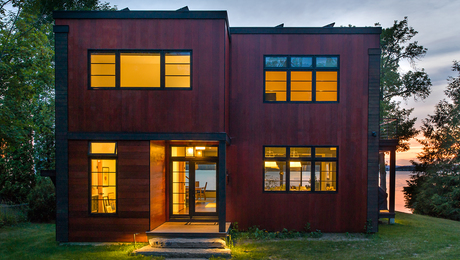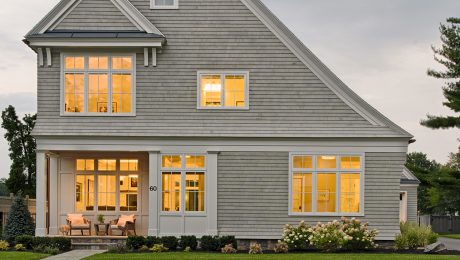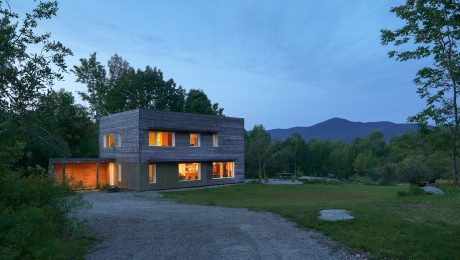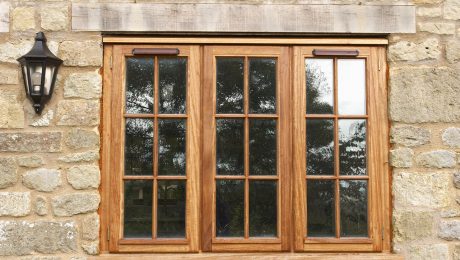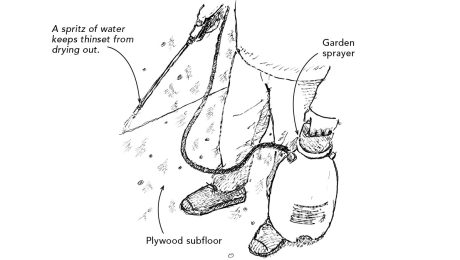New England’s Stone Walls
In beautiful condition, this stone wall still serves as an effective boundary marker and barrier.
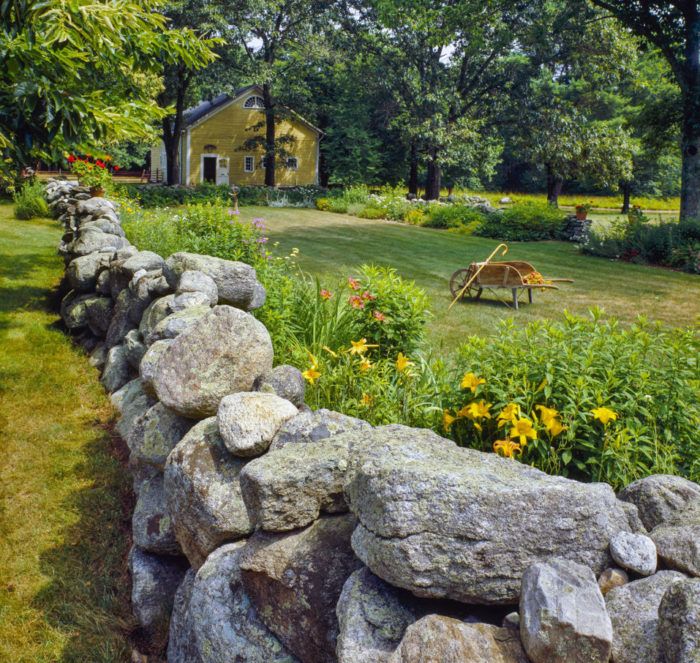
I grew up in Nebraska, where there was an abundance of beautiful, rich soil. If you wanted to dig a hole, you simply got a shovel or an excavator and began to dig. As far down as you went there was just soil, and nothing impeded your excavation. But when my wife and I moved to Maine in 1978, one of the first things we discovered was that a simple task like digging a hole was no longer simple. When we tried to dig for our garden, we quickly learned that there were large stones everywhere. You couldn’t even go a spade’s depth without running into a rock of some kind. Everything was suddenly much harder. This is something that our forebears also discovered when they began to settle in New England hundreds of years ago. The evidence for this is seen today in New England’s ubiquitous stone walls. They are just simply everywhere, and reveal what a massive job our great-great-grandparents had to do to simply prepare the ground to build, or to grow anything. These walls are sometimes ramshackle today, but mostly they are in beautiful condition and still serve as effective boundary markers and barriers. This particular wall in southern Connecticut is still functioning today, hundreds of years after someone went to the extraordinary effort of removing the stones from the ground and forming them into a wall — all without power tools or internal combustion engines. So in addition to the exceptional architectural heritage in New England there are also these remarkable artifacts of stone that serve to remind us of an amazing accomplishment by our ancestors.
Click here for another design post celebrating New England’s stone walls.
Fine Homebuilding Recommended Products
Fine Homebuilding receives a commission for items purchased through links on this site, including Amazon Associates and other affiliate advertising programs.

The New Carbon Architecture: Building to Cool the Climate

A House Needs to Breathe...Or Does It?: An Introduction to Building Science

Musings of an Energy Nerd: Toward an Energy-Efficient Home

